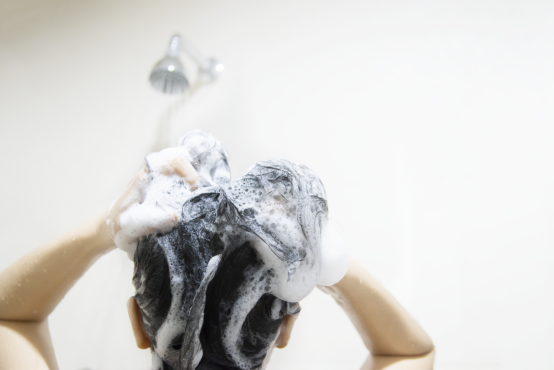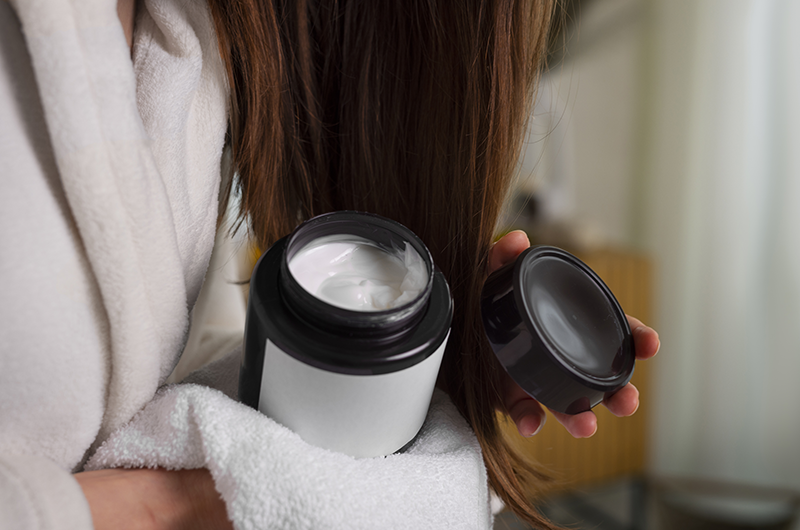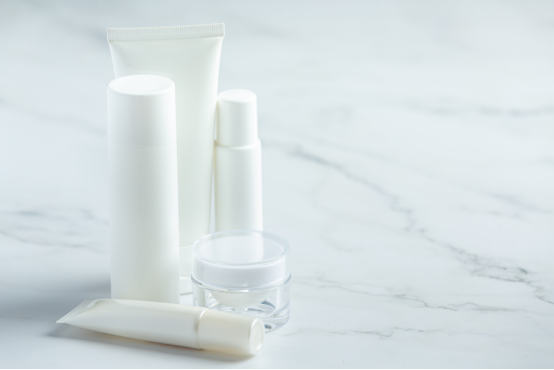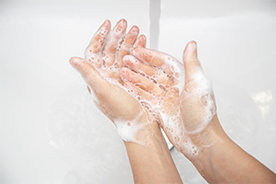Company News
Aug. 22, 2024
Surfactants are critical components in personal care products, playing a vital role in providing cleansing, foaming, and emulsifying properties. These ingredients reduce the surface tension between liquids or between a liquid and a solid, which allows for the even distribution of products on the skin or hair. Surfactants are categorized into four main types: Anionic, Cationic, Nonionic, and Amphoteric Surfactants. Each type has distinct characteristics, making them suitable for various applications in personal care products.
Characteristics:
Charge: Anionic surfactants carry a negative charge.
Properties: These surfactants are known for their strong cleansing and foaming abilities. They are efficient at removing dirt, oil, and impurities from the skin and hair.
Common Ingredients: Sodium Lauryl Ether Sulfate (SLES) and Ammonium Lauryl Ether Sulfate (ALES) are popular anionic surfactants in personal care.
Applications:
Shampoos and Body Washes: Due to their excellent foaming and cleansing properties, anionic surfactants like SLES are commonly used in shampoos and body washes. SLES effectively removes oils and dirt, providing a thorough clean.
Facial Cleansers: The mildness of anionic surfactants such as ALES makes them suitable for sensitive skin formulations, including facial cleansers.
Toothpaste: Anionic surfactants help disperse ingredients and create foam that aids in cleaning teeth.
Advantages:
Effective removal of oils and dirt.
High foaming capability.
Cost-effective.
Disadvantages:
Potential for irritation, especially in sensitive skin or scalp formulations.
Can strip natural oils from the skin and hair if used in high concentrations.

Characteristics:
Charge: Cationic surfactants carry a positive charge.
Properties: These surfactants are primarily used for their conditioning and anti-static properties, as they can neutralize the negative charges on hair or fabric surfaces.
Common Ingredients: Cationic surfactants include compounds like cetyl trimethyl ammonium chloride and behentrimonium chloride.
Applications:
Hair Conditioners: Cationic surfactants are frequently used in conditioners to provide smoothness and reduce static electricity in hair, making it more manageable.
Fabric Softeners: Their ability to neutralize static makes them useful in fabric softeners, where they provide a soft feel to fabrics.
Skin Care Products: Some cationic surfactants are used in skin care products for their conditioning benefits.
Advantages:
Excellent conditioning and softening properties.
Reduces static in hair and fabrics.
Disadvantages:
Can cause buildup on hair if not properly rinsed.
Generally more expensive than other surfactant types.

Characteristics:
Charge: Nonionic surfactants do not carry any charge.
Properties: These surfactants are mild and have good emulsifying properties, making them ideal for blending oil and water-based ingredients.
Common Ingredients: Examples include Laureth-7 and Alkyl Polyglucoside (APG).
Applications:
Creams and Lotions: Nonionic surfactants like Laureth-7 are often used as emulsifiers in creams and lotions, ensuring a stable blend of ingredients.
Gentle Cleansers: APGs are favored in eco-friendly and baby care products due to their mildness and biodegradability.
Hair Conditioners: Nonionic surfactants improve the texture and spreadability of hair conditioners.
Advantages:
Mild and gentle on the skin.
Good compatibility with other surfactants.
Ideal for sensitive skin products.
Disadvantages:
Less effective at cleaning heavy oils compared to anionic surfactants.
Generally lower foaming capability.

Characteristics:
Charge: Amphoteric surfactants can carry either a positive or negative charge depending on the pH of the environment.
Properties: They provide a balance of mild cleansing and good foaming properties. Amphoteric surfactants are known for their versatility and are often used as secondary surfactants to enhance the performance of primary surfactants.
Common Ingredients: Cocamidopropyl Betaine (CAPB) is a widely used amphoteric surfactant.
Applications:
Shampoos and Conditioners: CAPB is often used to boost foam and stabilize formulations in shampoos and conditioners, offering mild cleansing and conditioning benefits.
Facial Cleansers and Body Washes: Amphoteric surfactants are ideal for sensitive skin, providing gentle cleansing without stripping the skin of natural oils.
Hand Soaps: CAPB enhances lather and provides a smooth feel in hand soaps without causing dryness.
Advantages:
Versatile and compatible with other surfactants.
Mild and suitable for sensitive skin.
Provides a good balance of cleansing and conditioning.
Disadvantages:
Less effective at heavy-duty cleaning compared to anionic surfactants.
Higher cost compared to some other surfactant types.

Each type of surfactant brings unique properties to personal care formulations, allowing TJCY to tailor products to specific needs, such as cleansing strength, mildness, and conditioning. Understanding these differences is crucial for creating effective and consumer-friendly personal care products.
Tianjin Chengyi is a leading provider of high-quality chemicals, specializing in various segments such as industrial chemicals, active pharmaceutical ingredients, food and feed additives, personal care, and agricultural chemicals. With over 1,000 products and partnerships with 1,666 reputable factories, TJCY offers comprehensive one-stop services, including procurement, sales, marketing, warehousing, logistics, quality assurance, and regulatory support.
TJCY is committed to innovation, quality, and safety, holding certifications for ISO 9001, ISO 14001, ISO 45001, and FAMI-QS. Our dedication to these principles ensures that we deliver value and reliability to our customers worldwide.
Visit TJCY's website to learn more about our comprehensive range of products and services.
Tianjin Chengyi International Trading Co., Ltd.
8th floor 5th Building of North America N1 Cultural and Creative Area,No. 95 South Sports Road, Xiaodian District, Taiyuan, Shanxi, China.
+86 351 828 1248 /
Navigation
